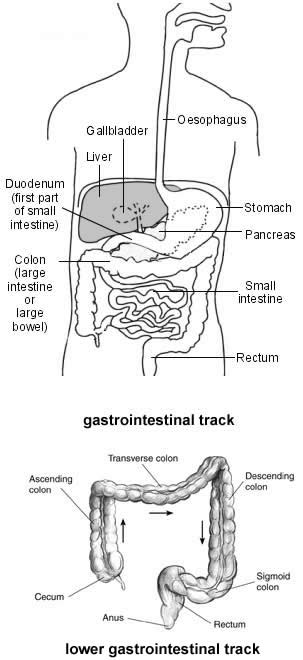(IBS) Spastic Colon Symptoms in Women and Men
There is no significant difference between spastic colon symptoms in women and men. Spastic colon, also often called as IBS ‘Irritable Bowel Syndrome’, is one of common disorders that affects the gut. Although doctors and experts say that this digestive problem has no cure, it’s manageable.
People with IBS have a problem with the function of their digestive system, but they usually don’t have abnormality in the structure of their digestive system.
In other words, the function of intestine is upset, but all components of the intestine look normal. Therefore doctors say the condition doesn’t pose to the risk of serious digestive problems.
It doesn’t hurt your digestive system, though the symptoms could be very bothersome! Even doctors say that it is only a group of symptoms that affects the gut – it is not a disease!
It can occur at any age, but it is relatively more common diagnosed before the age of 35. It is more common in teenagers and young adults.
In gender, women are more likely to have it than men. It is twofold as common in women as in men.
Gastrointestinal track is a series of hollow parts or organs joined in a long track from the mouth to the anus. The major organs include the mouth, esophagus, stomach, intestines (including small intestine, colon and rectum), and the end of GI track ‘anus’.
Enzymes and hormones are released along with the movement of foods in the GI track to help digestion.
[Image credit to Mayo Clinic] The lower part of GI gastrointestinal track consists of large intestines (colon) and anus.
Colon absorbs any remaining essential nutrients and water from digested foods. Then it converts wastes from liquid to become solid (stool). Solid wastes are directed to the rectum. Stool is stored in the rectum prior to a bowel movement.
Again, there is no significant difference of characteristic between spastic colon in women and in men.
Also, signs and symptoms of the condition may vary. But in general, the most common ones are as follows:
In people with spastic colon, their bowel movement patterns are likely to change more often. Some of the following situations may occur:
- You may experience less bowel movement (constipation) or more often (diarrhea) than usual.
- Your bowel movements are followed with different patterns of consistency or size – such as watery, loose, small, hard, pencil-thin, or stools with mucus.
- Some changes of the way you pass the stools – such as you feel that you have not passed the stool completely (feeling of incomplete bowel movement), suddenly you have an urge to get a bowel movement (diarrhea), and you may strain during a bowel movement (constipation)!
- Some people with IBS may also experience alternating constipation and diarrhea.
Cramp, pain, and discomfort in different parts of abdomen are also common with the condition. They may come and go.
Furthermore the length of each episode of abdominal discomforts varies. But typically, the symptoms relieve after bowel movement. Many people call and describe these discomfort sensations as a colic /spasm.
The abdominal discomfort is likely to occur in the lower abdomen.
You may also experience abdominal bloating, excessive gas in the gut – this may occur from time to time. With this symptom, you’re likely to pass more wind /gas than usual.
This bloating could be bothersome. But it’s usually temporary and should improve with lifestyle measures.
According to Health Wise, people with irritable bowel syndrome sometimes may also experience several non-gastrointestinal discomforts, such as:
- back pain,
- problems of sleeping such as insomnia,
- heart palpitations (fluttering heart beat),
- decreased sexual interest,
- problem of frequent urination,
- lack of appetite due to bad taste in the mouth,
- dizziness,
- weakness (particularly if diarrhea strikes),
- and some mood changes (such as depression or anxiety).
Muscle pains, nausea, and feeling full quickly after eating are also sometimes associated with spastic colon.
As written before, spastic colon is only a functional disorder of the gut. Although it’s not always easy to deal with, it doesn’t damage other parts or organs of your digestive system.
See a doctor promptly if you experience one /some of the following conditions:





The word bothersome is not a good enough way to describe the sudden bowel movement that’s about to happen?? It comes on very fast and you had better have a potty insight??any suggestion for this problems??? Jerry
About 5 times in my entire life I have lost control of my bowels in a public place, without warning, and no toilet in sight. It is the most humiliating experience a person can imagine. I’ve heard of nothing to keep this from happening. Anyone else had this horrid experience.